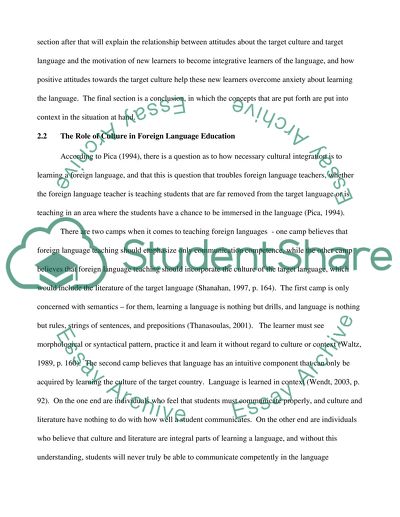Cite this document
(“The role of culture learning and teaching in foeign language education Literature review”, n.d.)
Retrieved from https://studentshare.org/education/1407775-the-role-of-culture-learning-and-teaching-in-foeign-language-education
Retrieved from https://studentshare.org/education/1407775-the-role-of-culture-learning-and-teaching-in-foeign-language-education
(The Role of Culture Learning and Teaching in Foeign Language Education Literature Review)
https://studentshare.org/education/1407775-the-role-of-culture-learning-and-teaching-in-foeign-language-education.
https://studentshare.org/education/1407775-the-role-of-culture-learning-and-teaching-in-foeign-language-education.
“The Role of Culture Learning and Teaching in Foeign Language Education Literature Review”, n.d. https://studentshare.org/education/1407775-the-role-of-culture-learning-and-teaching-in-foeign-language-education.


